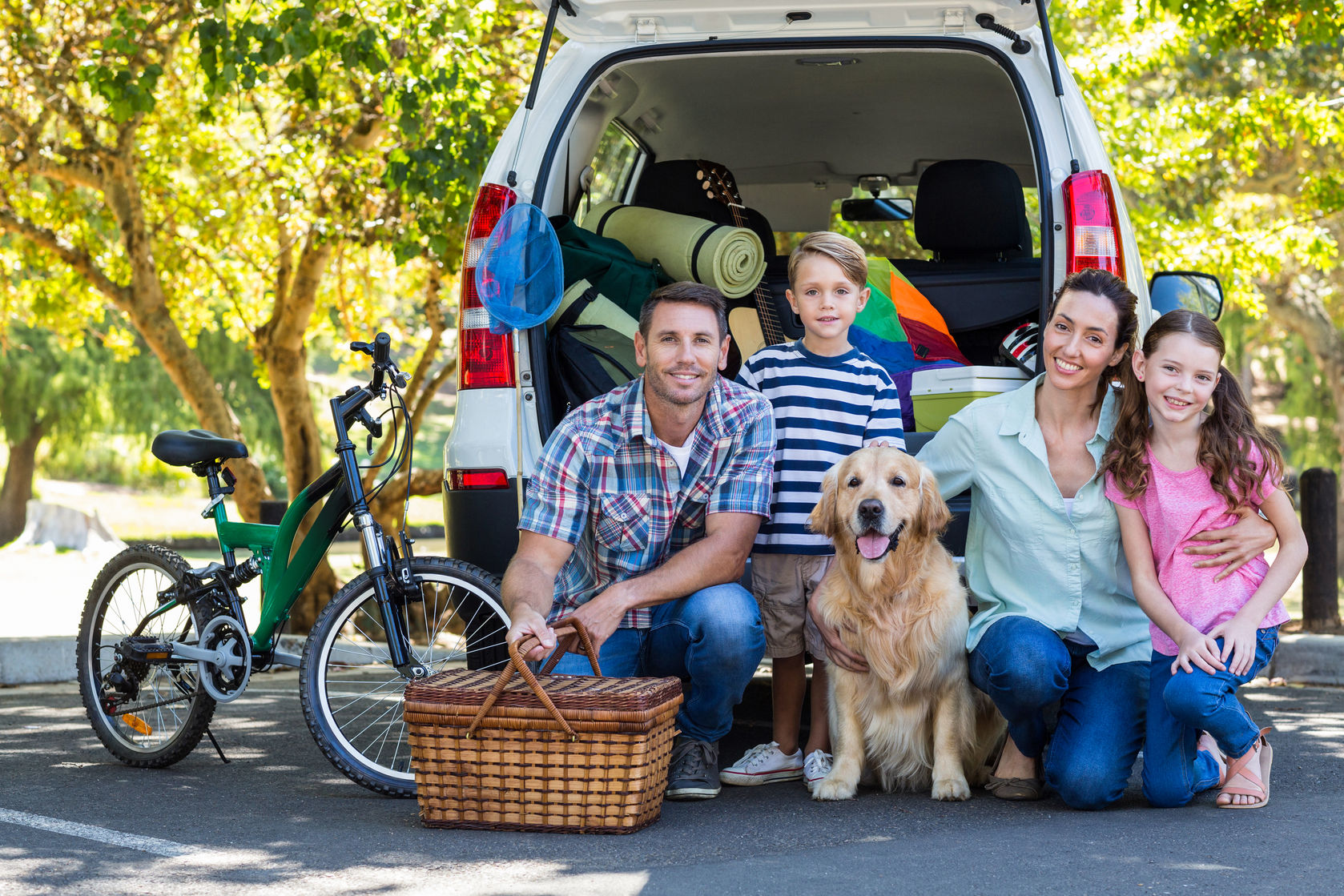Driving is something that we all do, and we all think that we have it down pretty well. After all, we drive to and from work, when we go out to eat, and many other times throughout the day. If we were terrible at it, wouldn’t we be getting into wrecks every time we hit the road?
Well, as excellent as you may be at driving, the fact is that there’s always room for improvement. Not only that, but what about your new teen driver? Are you doing enough for him or her to understand the rules of the road?
With that in mind, over the next few weeks, we will share a number of helpful tips and information regarding our most abundant pastime. Whether you’ve been driving for years or you’re just learning how to do it, these tips will help you make the most out of every trip.
Intersection Safety
This is one area that we all seem to take for granted. In many cases, an intersection has signs or warnings to help you understand what to do and when to go. Stop signs, traffic lights, crosswalks, and turn signals are all elements that could be present at an intersection.
Unfortunately, however, it’s this abundance of safety precautions that leads to problems. We are so dependent on others following the signs and rules of law that we tend to forget to do the one thing we always have to do behind the wheel: pay attention.
Thus, here are some critical things to keep in mind next time you’re sitting at the intersection.
● Don’t Assume Anything: drivers run red lights, pedestrians cross against the signal, and people ignore stop and yield signs all the time. No matter how many postings there are, all it takes is one person not paying attention to cause a collision. Don’t be that person.
● Look Both Ways: whether the light’s green or you came to a full stop at a sign, that doesn’t mean that you’re clear to move forward. Always check your surroundings before crossing any intersection, particularly one that is busy.
● Don’t Push Yellow Lights: too often we tend to try and rush through a yellow light. However, it could turn red before you know it, and then you may wind up in a bad spot. Don’t put yourself in that kind of position.
● Be Ready to Yield: if you come to an intersection at the same time as someone else, you will likely have to let them pass. Don’t put yourself in danger by being in a hurry.
Red Light Cameras
These are a different animal altogether. If you’ve been tagged by a red light camera (and paid the subsequent fine), then you know how disruptive they can be to your wallet. They may seem annoying, but they are there to help protect you and keep you out of danger. Don’t believe us? According to statistics, over 200,000 people were injured in 2015 from cars running red lights.
● Be sure to slow down on a yellow light. You will get tagged if any part of your vehicle is at the intersection when the light turns red.
● Come to a complete stop, even if you’re turning right.
● Not all cameras are noticeable. Even if you think there isn’t one present, don’t take the risk.






